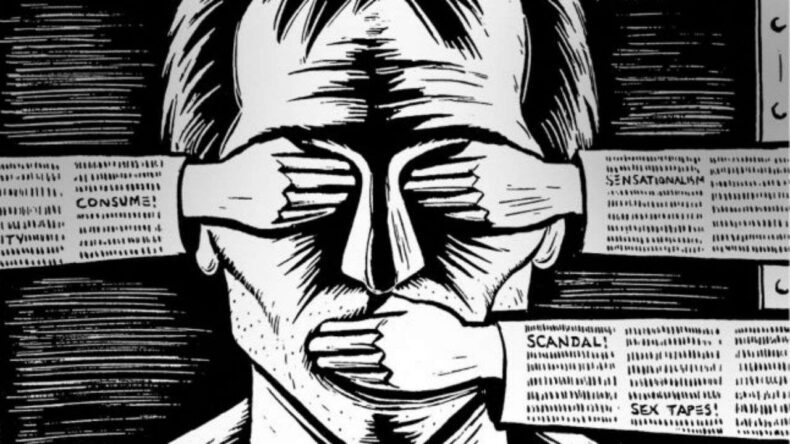Table of Contents
In a landmark decision, the Supreme Court of India quashed the Centre’s telecast ban on Malayalam news channel MediaOne, citing concerns over press freedom and questioning the government’s national security claims.
The bench, led by Chief Justice DY Chandrachud, overturned a previous Kerala High Court order that had upheld the Centre’s decision to ban the channel’s telecast on security grounds.
The ban had been imposed in 2019, following the channel’s coverage of protests against the Citizenship Amendment Act (CAA) and the National Register of Citizens (NRC) in the state of Uttar Pradesh.
Why MediaOne is Banned?
MediaOne had been accused by the Ministry of Home Affairs of broadcasting “seditious and communal” content, and its licence had been suspended for 48 hours.

The channel MediaOne had challenged the ban in the Kerala High Court, which had dismissed its petition, leading to the appeal in the Supreme Court.The Supreme Court emphasised in its decision that the channel’s critical views of government policies should not be viewed as anti-establishment and that a free press was crucial for a strong democracy.
The decision added that the State could not put excessive restrictions on the media since doing so would stifle press freedom.
The court’s decision was hailed by journalists and media organisations, who saw it as a significant victory for press freedom in India.
The Editors Guild of India issued a statement saying, “The decision of the Supreme Court of India is a timely reminder of the fundamental importance of freedom of expression and of the media’s role as the fourth estate of the society.”
MediaOne welcomed the ruling, saying it was a vindication of its stand and a victory for press freedom. The Supreme Court’s ruling preserves the Constitution’s integrity and journalistic freedom, the channel declared in a statement.

Several media organisations, including the New York Times and the BBC, have reported on the declining state of press freedom in India, citing increasing government control over media content and harassment of journalists.
The ruling by the Supreme Court has been lauded by international press freedom organisations, such as Reporters Without Borders, who had previously expressed concern about the deterioration of press freedom in India. Also Check: Avalanche in Sikkim, 80 buried in snow
The organisation’s India representative, Daniel Bastard, said in a statement, “The Supreme Court’s decision to quash the ban on MediaOne is a victory for press freedom in India. This landmark decision sends a clear message that censorship and restrictions on the media will not be tolerated.”
India’s ranking in the World Press Freedom Index has also declined in recent years, from 136th in 2015 to 142nd in 2021, indicating a growing concern for media freedom in the country.
Journalists and media organisations in India have faced increasing pressure from the government, including harassment, arrests, and lawsuits, leading to concerns about the safety and independence of journalists.
According to the Committee to Protect Journalists, at least 26 journalists have been killed in India since 2015, with many others facing physical assaults, threats, and intimidation.
The Supreme Court’s decision to uphold press freedom in the case of MediaOne is seen as a significant step towards protecting the rights of journalists and media organisations in India.
The ruling is also likely to have implications for other media organisations, who have faced similar censorship and restrictions in the past. In recent years, several news channels and websites have been banned or blocked by the Indian government for alleged violations of content guidelines.

The decision by the Supreme Court to quash the ban on MediaOne is a clear indication that the judiciary is willing to stand up for press freedom in India and that the Indian Constitution upholds the principles of a free press.













